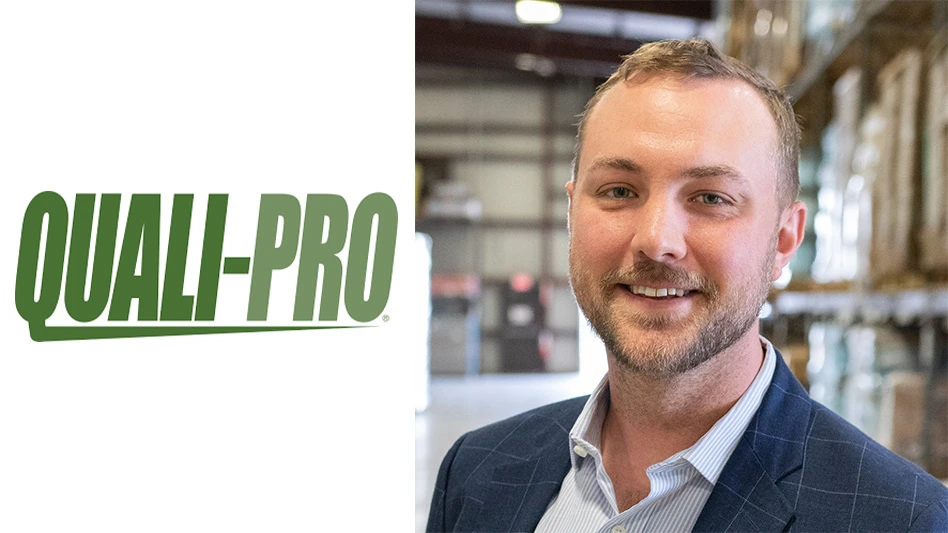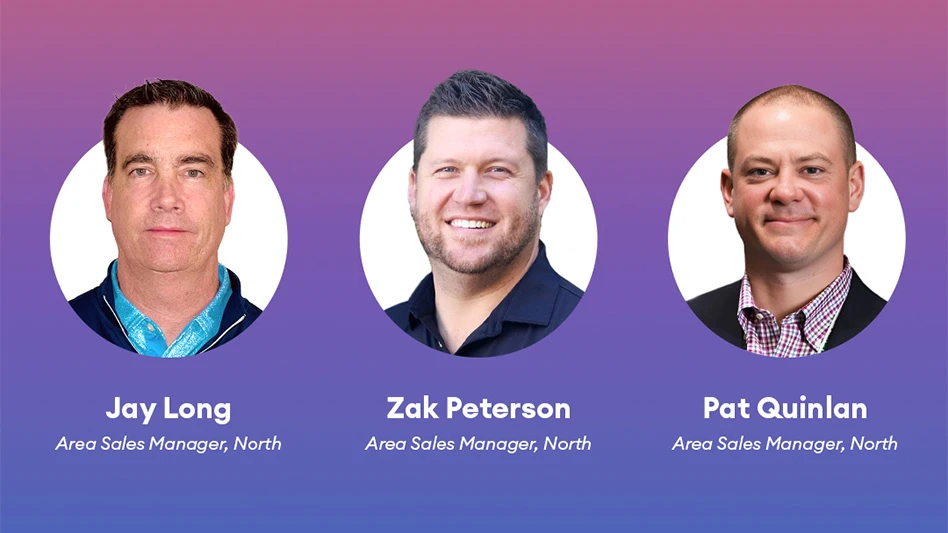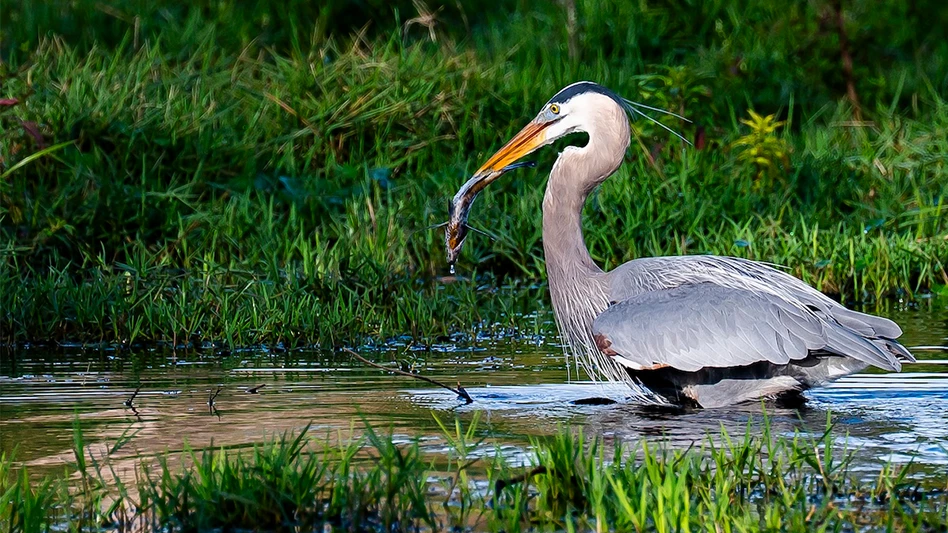
Being responsible about potassium and phosphorus applications doesn’t necessarily mean first being concerned about the environment. For Mark Esoda, superintendent at Atlanta Country Club, it started as a way to take control of his budget.
“In the early 90s, we were looking for ways to not spend as much money, as prices went up,” says Esoda. “A lot of it was economics.”
Throughout Esoda’s 25 years on the course, his crew has taken regular soil samples, looking for trends in the makeup of the soil to see where the turf really needed the attention. They found that most of the heavy clay soil still had enough nutrients to support healthy turf, with a little regular help. Armed with that information, he began cutting down on inputs across the course.
On greens, nitrogen dropped to 1.5 pounds, with almost no phosphorus and about 2 to 4 pounds of potassium. The fairways went even lower, and Esoda knew he had hit the minimum application for his course.
“We found out that wasn’t enough. The grass just quit growing,” says Esoda. “There was no divot recovery or traffic recovery. You have to have a little bit of input to grow it back. So we slowly crept back up just to make sure that the plant is healthy, using soil samples as a guide.”
Though he began pulling back on applications to help with his budget, doing so also had the added benefit of making his course more environmentally responsible. With nearby waterways, even before finding his minimum inputs, he had good reason to be mindful of the water’s edge.
“We’ve always worried about leaching because our waterways are near the Chattahoochee River, which is the main river running through Atlanta,” says Esoda.
Near any waterway on the course, Esoda keeps a buffer area that doesn’t get any fertilizer, to lower the chance of any runoff.
“Those areas don’t need a lot of extra fertilizers anyway,” he says. “They’re not active. They don’t get traffic, or divot pressure. There isn’t any reason to overfeed it. The easy call for turf managers is to stay away from waterways.
“So it started out for economic reasons, but it turns out the right thing to do is to make sure you have a buffer, make sure you’re watching the weather – you don’t want to put something out and have it wash away.”
Regardless the reason, Esoda’s been able to keep the inputs to a minimum, which is more sustainable for his budget as well as the course itself.
“I think for the future, as prices go up, we’ll need to be more judicious in our application,” he says. “We’ve always looked at the needs of the course.”
Latest from Golf Course Industry
- From the publisher’s pen: Technology diffusion and turf
- Applications open for 2025 Syngenta Business Institute
- Smart Greens Episode 1: Welcome to the digital agronomy era
- PBI-Gordon promotes Jeff Marvin
- USGA investing $1 million into Western Pennsylvania public golf
- KemperSports taps new strategy EVP
- Audubon International marks Earth Day in growth mode
- Editor’s notebook: Do your part






